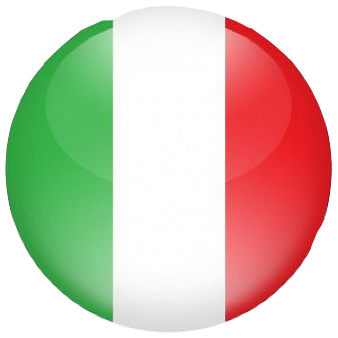The "ThiFiLab" (Thin Film Laboratory) was born in 1969 with a research on GaSe thin film finalized to the realization of "Read Only Memories" (ROM).
Following the oil crisis of 1975, it was developed an interest for renewable energy, especially photovoltaics. In 1976, the "ThiFiLab" directed by prof. Nicola Romeo published in Applied Physics Letters* the realization of the first solar cell fabricated by depositing a CdS film on a CuGaSe2 single crystal which showed a photovoltaic conversion efficiency of 5%.
Since then, solar cells, deposited on low cost substrates, by exploiting only thin films technology were developed. The materials studied were CdTe and CuInGaSe2 (CIGS), and mixed compounds.
The Laboratory was involved in several European and National projects and in the ‘90s, thin-film solar cells on soda-lime glass based on CdTe/CdS and CuInGaSe2/CdS with efficiencies higher than 15% were made.
The current research is focused on the simplification of the processes that underlie the production of PV modules with the aim of achieving the so-called "grid parity". This means that the manufacture cost of the energy produced by photovoltaic modules is equal to the cost of energy produced from traditional sources (fossil).
As regards CIGS, the group of researchers of the "ThiFiLab" is developing a process easily automated based on the sputtering of materials.
In addition, as part of "Industria 2015" program the lab. is realizing Cu(InGa)Se2/CdS solar cells on commercial ceramic tiles. The aim is to provide a simple and automated process that allows to produce low cost photovoltaic modules directly on ceramic for use in buildings façades (Building-Integrated Photovoltaics - BIPV).
* N. Romeo, G. Sberveglieri, L. Tarricone, and C. Paorici "Preparation and characteristics of CuGaSe2/CdS solar cells",Appl. Phys. Lett., 30, 108 (1977) (pdf)



